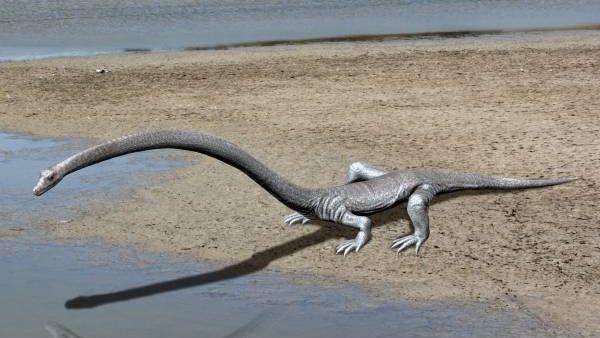When we think about dinosaurs, we often imagine their lives—how they hunted, what they ate, and how they interacted with their environment. Yet equally fascinating is what happened after they died. The fossil record offers tantalizing glimpses into the aftermath of dinosaur deaths, revealing evidence of scavenging behavior that helps paleontologists understand ancient ecosystems more completely. From tooth marks on bones to patterns of disarticulation, these post-mortem stories provide valuable insights into prehistoric food chains and the complex relationships between predators, prey, and scavengers in bygone eras. This article explores the fascinating world of prehistoric scavenging and how scientists piece together these ancient feeding behaviors from fossils that are millions of years old.
The Importance of Scavenging in Ecosystems

Scavenging plays a crucial role in all ecosystems, including those of the Mesozoic Era when dinosaurs dominated the landscape. This natural recycling process ensures that nutrients from deceased organisms return to the ecosystem rather than remaining locked in decomposing carcasses. In modern ecosystems, scavengers like vultures, hyenas, and various insects efficiently clean up dead animals, preventing disease spread and redistributing essential nutrients. During dinosaur times, this ecological function was equally important, though carried out by different players. Understanding scavenging behavior helps paleontologists reconstruct complete food webs and gain insights into how energy flowed through prehistoric ecosystems. Without scavengers, these ancient systems would have been significantly less efficient and potentially unstable.
Identifying Scavenging Marks in the Fossil Record

Paleontologists have developed sophisticated methods to distinguish scavenging evidence from other marks on fossilized bones. Tooth marks, scratch patterns, and bone breakage provide telltale signs of scavenging activity, with different animals leaving distinctive signatures. For instance, tyrannosaur teeth typically leave V-shaped punctures and deep gouges when they fed on carcasses, while smaller theropods might leave more numerous but less pronounced marks. Careful examination under microscopes can reveal serration patterns that match specific predator dentition. Scientists also analyze the positioning of these marks, as certain areas of carcasses tend to be accessed in predictable sequences by scavengers. Additionally, bite mark orientation can indicate whether flesh was being actively stripped from bone, a common scavenging behavior. These forensic approaches allow researchers to reconstruct feeding scenarios millions of years after they occurred.
Large Theropods as Opportunistic Scavengers
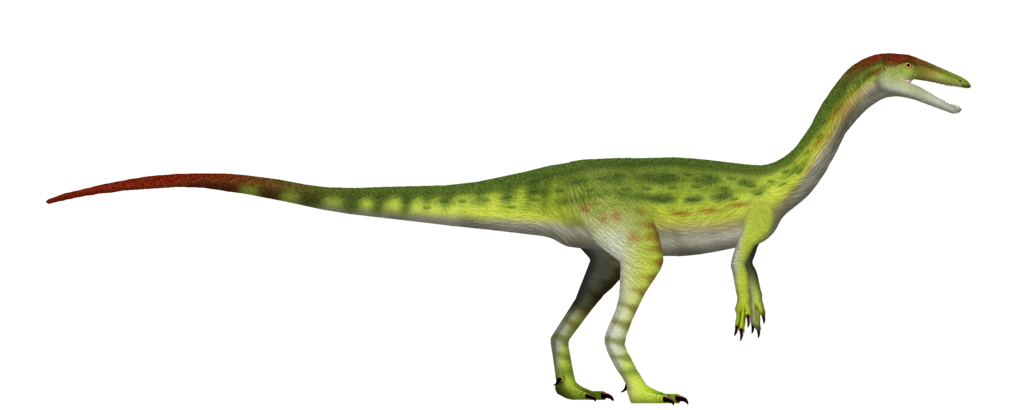
Despite their fearsome reputation as apex predators, large theropod dinosaurs like Tyrannosaurus rex were likely opportunistic scavengers as well as hunters. This dual feeding strategy makes ecological sense, as it would have been energetically efficient to consume already-dead prey when available. Fossil evidence supports this view, with tyrannosaur tooth marks found on various dinosaur remains in contexts suggesting post-mortem feeding. Their powerful jaws and teeth were perfectly adapted not just for killing but also for processing carcasses, capable of crushing bones to access nutritious marrow. Some specimens show evidence of multiple feeding events, indicating that large carcasses may have provided food for extended periods. Importantly, this scavenging behavior doesn’t diminish these dinosaurs’ status as formidable predators but instead reveals a more complex and adaptable feeding ecology. Modern predators like lions and wolves similarly engage in both hunting and scavenging, demonstrating the evolutionary advantage of dietary flexibility.
Smaller Dinosaurs as Specialized Scavengers
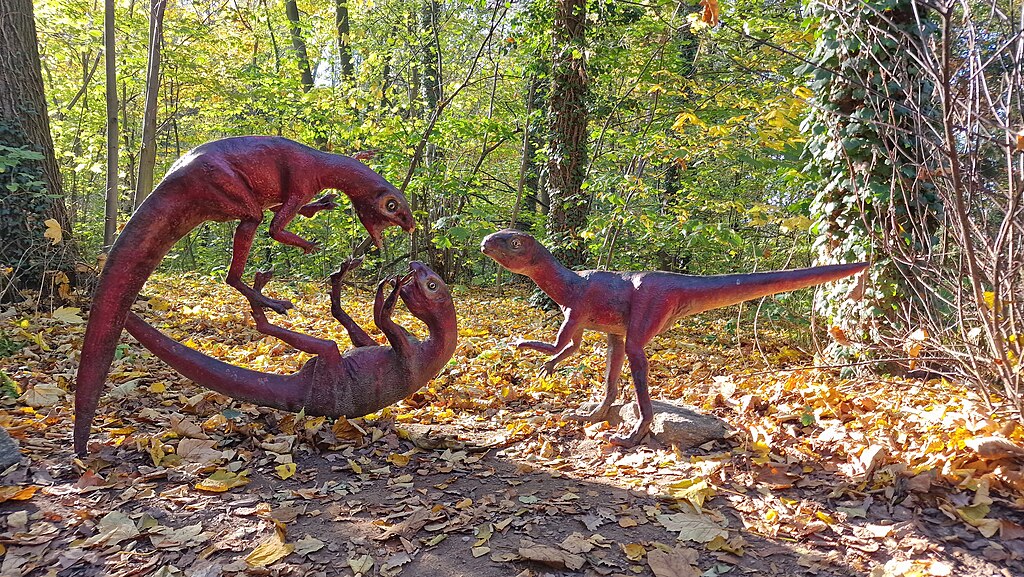
While large theropods were part-time scavengers, some smaller dinosaur species may have been more specialized for the scavenging niche. Certain small to medium-sized theropods possessed adaptations that would have facilitated efficient carcass processing, such as serrated teeth ideal for slicing through tough skin and tendons. For example, dinosaurs like Compsognathus and various troodontids had the speed and agility to quickly locate and reach carcasses before larger competitors arrived. Their smaller size would have allowed them to pick at remains that larger scavengers had already processed but couldn’t fully consume. Fossil assemblages occasionally show evidence of these smaller dinosaurs feeding on carcasses after larger predators had taken the prime cuts. Additionally, some species may have possessed enhanced olfactory capabilities, similar to modern vultures, allowing them to detect carcasses from considerable distances. These specialized adaptations suggest that scavenging was not merely opportunistic behavior but a defined ecological role for certain dinosaur species.
Prehistoric Crocodilians as Dinosaur Scavengers
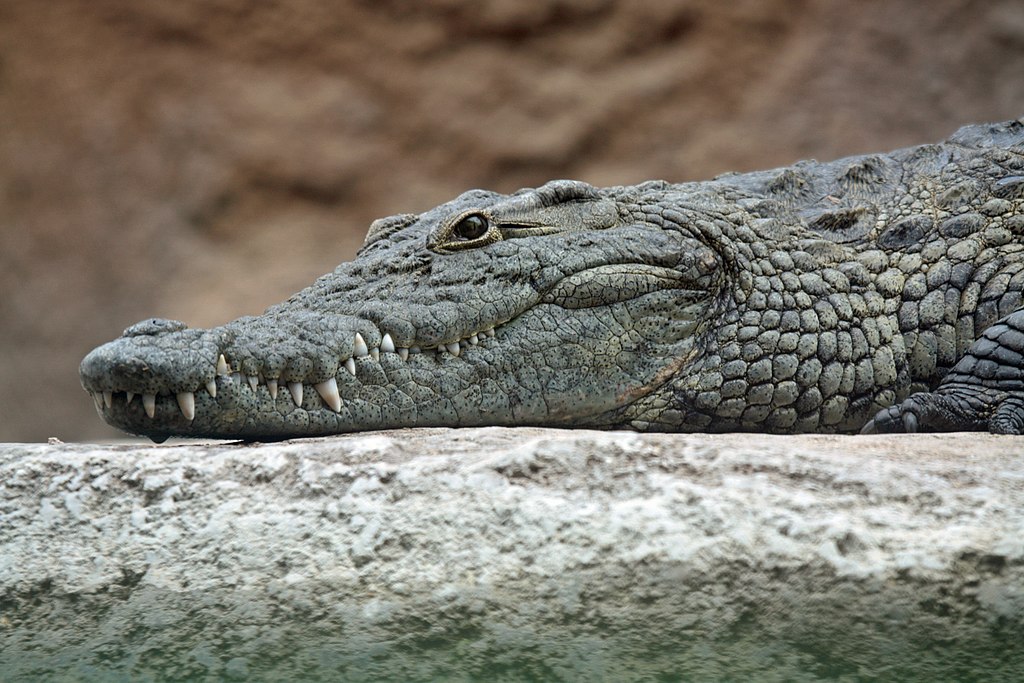
Crocodilians were among the most successful scavengers of dinosaur remains, with their presence spanning from the Triassic Period through the extinction event and continuing to the present day. These reptiles were particularly well-positioned to capitalize on dinosaur deaths that occurred near water bodies, where many carcasses would naturally end up due to drowning or being washed downstream after death. Fossil evidence shows distinctive crocodilian tooth marks on dinosaur bones, characterized by deep, round punctures and sometimes distinctive drag marks from their feeding technique of violent twisting. Modern crocodilians are known for their “death roll” behavior and ability to store large pieces of flesh underwater to decompose and soften, and there’s no reason to believe their ancient relatives behaved differently. Their cold-blooded metabolism allowed prehistoric crocodilians to survive on relatively infrequent meals, making scavenging a viable strategy. Additionally, their semi-aquatic lifestyle may have given them access to dinosaur carcasses that terrestrial scavengers couldn’t reach.
Pterosaurs: The Airborne Scavengers
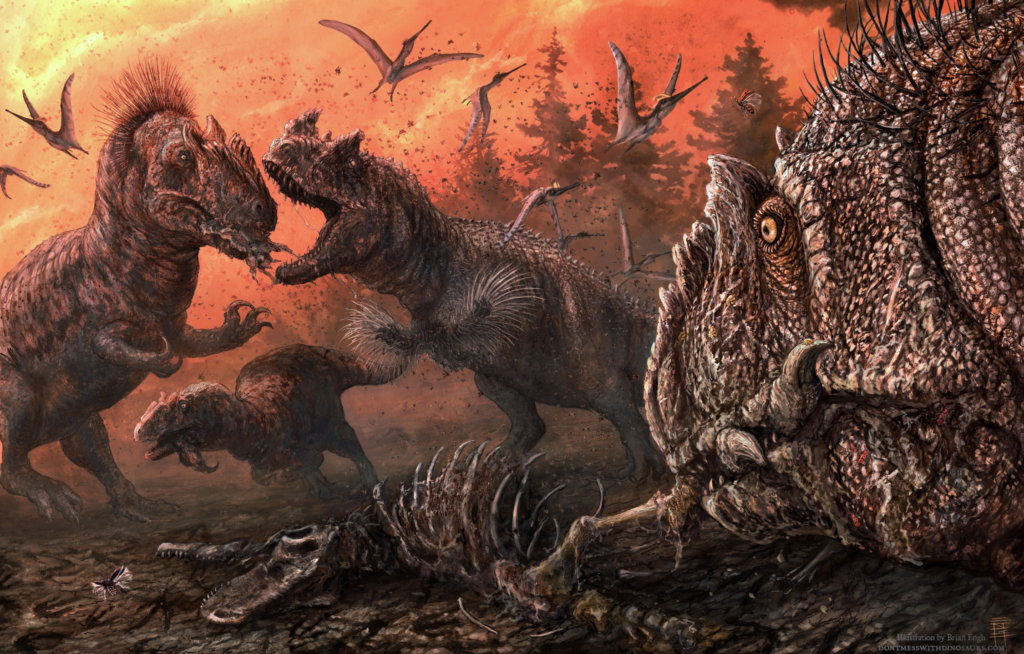
Pterosaurs, the flying reptiles that shared the skies during the age of dinosaurs, likely filled a scavenging niche similar to modern vultures for many species. Their ability to soar efficiently over large areas would have allowed them to locate carcasses quickly, giving them a significant advantage over ground-bound scavengers. Some pterosaur species, particularly the larger azhdarchids with their long necks and substantial beaks, were well-equipped for tearing into dinosaur remains. While direct evidence of pterosaur scavenging is relatively rare in the fossil record, their anatomy strongly suggests this feeding behavior. The distribution of pterosaur fossils often coincides with areas where dinosaur remains are abundant, suggesting a potential ecological relationship. Additionally, some pterosaur species had remarkably acute vision, which would have facilitated spotting carcasses from high altitudes. This aerial advantage would have been particularly important in open habitats like plains and coastal areas, where dinosaur deaths might have been more visible from above.
Prehistoric Insects and Their Role in Decomposition
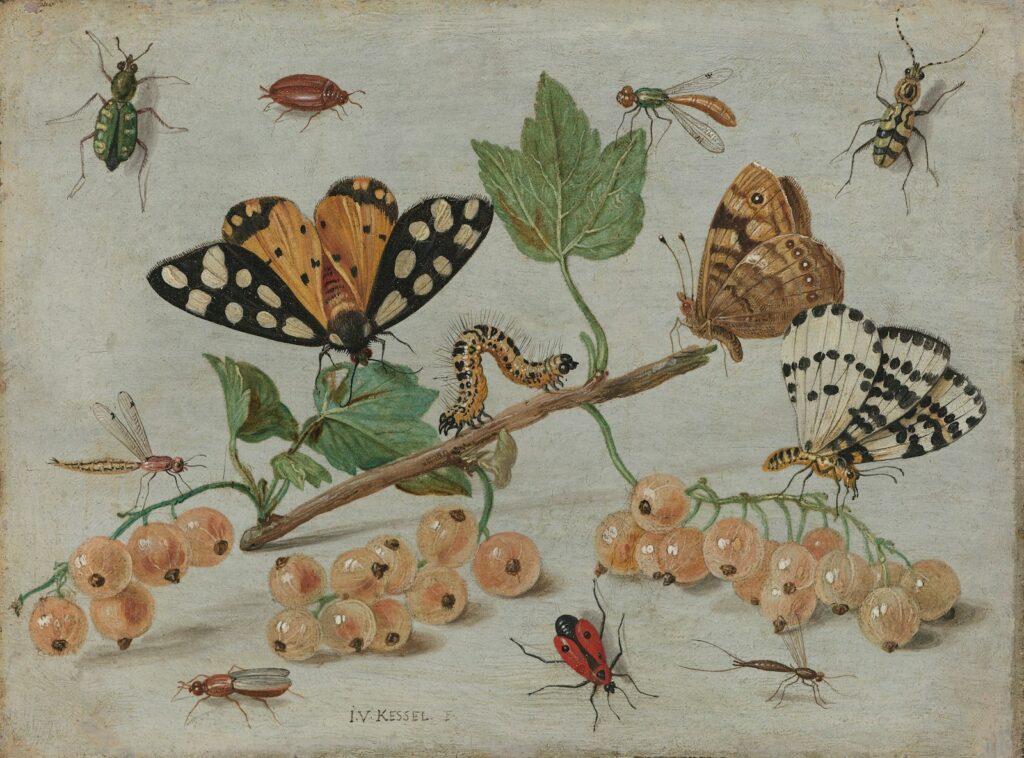
Insects played a crucial but often overlooked role in processing dinosaur remains, breaking down tissues that even the largest scavengers couldn’t fully consume. By the Jurassic and Cretaceous periods, many modern insect groups had already evolved, including beetles, flies, and ants, which likely colonized dinosaur carcasses in succession patterns similar to what we observe today. Forensic taphonomy (the study of decomposition processes) suggests that fly larvae would have been among the first colonizers, consuming soft tissues rapidly. Evidence for insect activity sometimes appears in exceptionally preserved fossils, where tiny borings and modification of bone surfaces indicate their presence. Some amber specimens have even preserved insects that may have specialized in consuming carrion during this era. The activities of these invertebrate scavengers would have accelerated decomposition rates significantly, potentially making dinosaur remains unpalatable to larger scavengers within days or weeks depending on climate conditions. This insect-driven process would have been critical for nutrient cycling in Mesozoic ecosystems.
Marine Scavengers of Dinosaur Remains
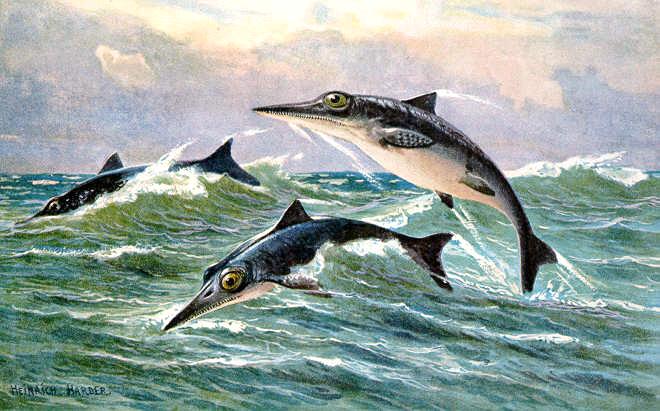
When dinosaur carcasses ended up in marine environments, they entered an entirely different scavenging ecosystem dominated by fish, sharks, and various invertebrates. Fossil evidence occasionally reveals dinosaur bones bearing distinctive shark tooth marks, demonstrating that these marine predators readily scavenged terrestrial animals that entered their domain. Prehistoric sharks like Squalicorax left characteristic serrated marks on dinosaur bones that washed out to sea or were dragged there by currents. Beyond vertebrate scavengers, invertebrates like crustaceans and marine worms would have played significant roles in breaking down dinosaur tissues in aquatic settings. Some fossil specimens show evidence of barnacles and other encrusting organisms that colonized dinosaur bones after extended periods in marine environments. These “dinosaur fall” events may have created temporary ecosystems similar to modern whale falls, where a single large carcass supports diverse communities of scavengers for months or even years as different tissues decompose at varying rates.
Scavenging Patterns After Mass Mortality Events

Mass mortality events, where numerous dinosaurs died simultaneously due to natural disasters like floods, volcanic eruptions, or drought, created unique scavenging scenarios preserved in the fossil record. These events often overwhelmed the capacity of local scavenger populations, leading to distinctive preservation patterns where partially scavenged remains are found alongside completely intact specimens. The famous Centrosaurus bone bed in Alberta, Canada, for example, shows evidence of selective scavenging on some individuals while others remained untouched, suggesting scavengers became satiated and couldn’t process all available remains. These mass death assemblages provide particularly valuable data for paleontologists, as they offer snapshots of scavenging behavior under resource-abundant conditions. The patterns of which body parts were preferentially consumed first can reveal scavenger priorities and feeding strategies. Additionally, these sites sometimes preserve evidence of multiple scavenger species working the same carcasses, allowing researchers to reconstruct scavenging hierarchies and competition dynamics among different dinosaur-era scavengers.
Bone Accumulations and Scavenger Dens
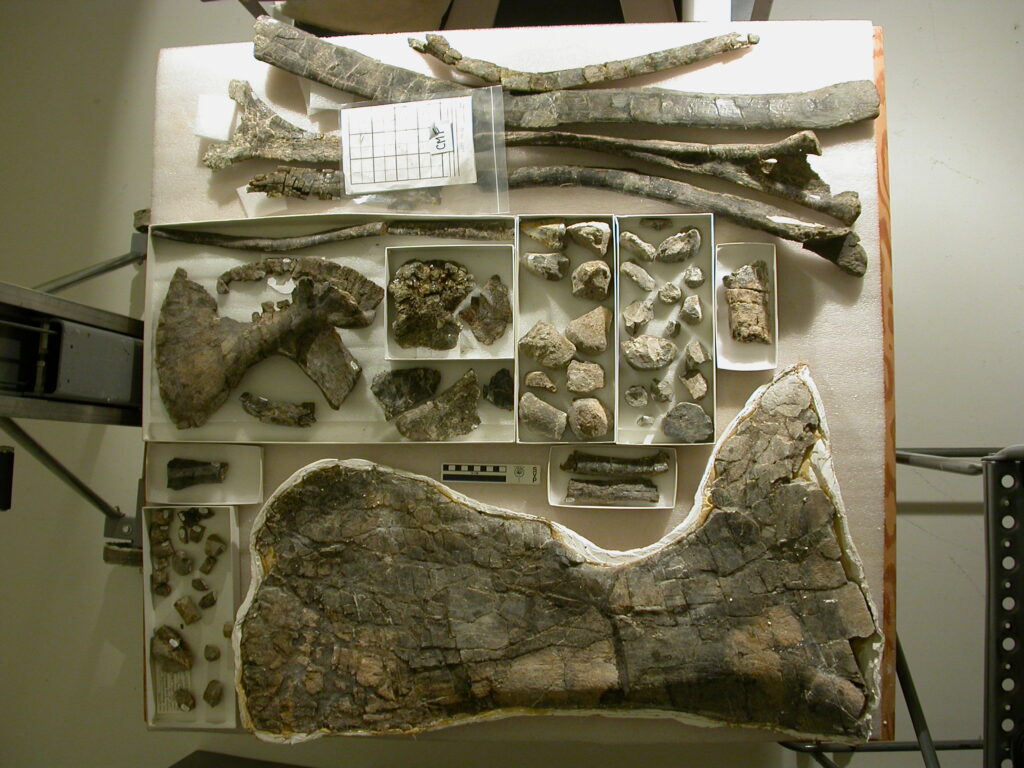
Some fossil sites represent ancient scavenger dens or feeding areas where bones were deliberately collected and concentrated by certain predators. These accumulations can be identified by distinctive patterns of damage and selection of specific skeletal elements. For instance, some small theropod nests have been found associated with fragmentary bones from various prey species, suggesting parents may have brought carcass parts back to feed their young. In cave systems dating to the Mesozoic, researchers have occasionally discovered bone accumulations that bear hallmarks of having been gathered by prehistoric carnivores, similar to modern hyena dens. These sites typically contain heavily processed bones with extensive tooth marks and digestive damage from stomach acids. The demographic profile of prey remains can also provide clues, with some predators preferentially targeting certain age groups when scavenging. Studying these bone accumulations allows paleontologists to distinguish between natural death assemblages and those created through deliberate collection by scavenging predators, offering insights into complex behaviors that wouldn’t otherwise be preserved.
Coprolites: Fossil Evidence of Dinosaur Consumption
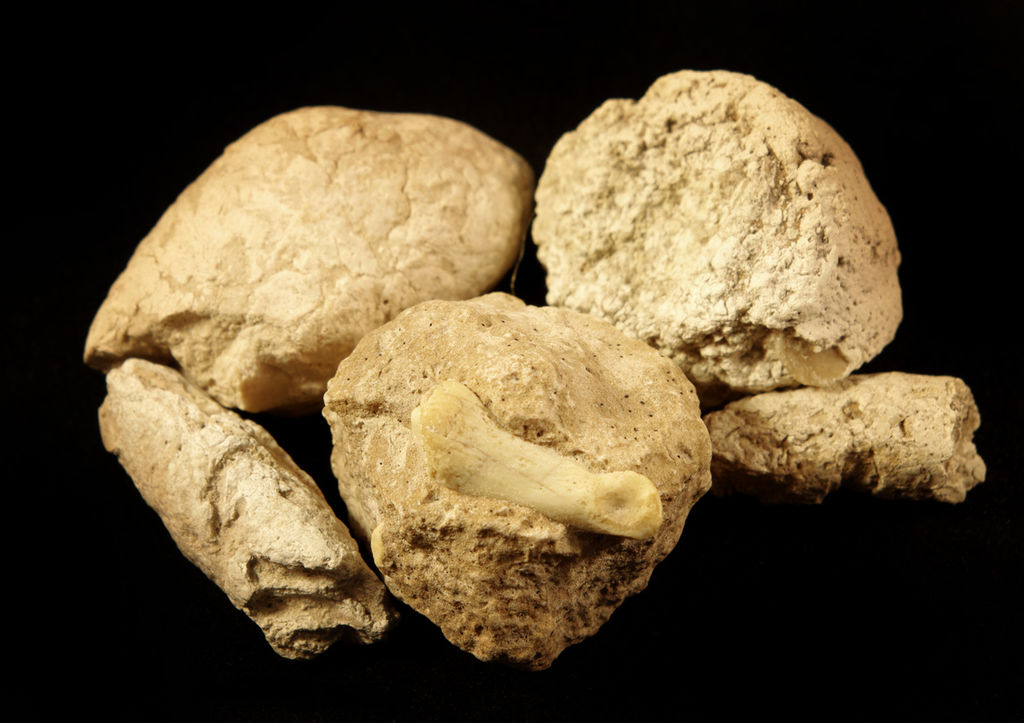
Coprolites, or fossilized feces, provide some of the most direct evidence of dinosaur consumption by scavengers and predators alike. These remarkable fossils sometimes contain identifiable bone fragments, scales, or tissue remnants that can be linked to specific prey species. When coprolites contain bone fragments showing signs of previous scavenging, they reveal instances of secondary scavenging, where one scavenger consumed parts of a carcass already processed by another. Advanced analytical techniques now allow researchers to examine the contents of coprolites at microscopic levels, identifying minute bone fragments and even preserved DNA in some exceptionally preserved specimens. The size and composition of coprolites can help identify which scavenger species produced them, while their location relative to dinosaur remains can establish direct feeding relationships. In some remarkable cases, coprolites have been found containing parasites that infected both the scavenger and its dinosaurian meal, providing extraordinary glimpses into ancient food webs and disease transmission patterns.
Modern Analogs for Dinosaur Scavenging

Studying modern scavenging ecosystems provides valuable insights for interpreting dinosaur-era scavenging behaviors. The African savanna offers particularly useful analogs, where large mammalian predators and scavengers interact in ways potentially similar to Mesozoic ecosystems. Observations of how lions, hyenas, jackals, and vultures compete for and process large mammal carcasses inform hypotheses about how different-sized dinosaurian scavengers might have interacted. For example, the succession pattern typically observed today—where larger predators consume choice organs and muscles before smaller scavengers access remaining tissues—likely occurred in dinosaur ecosystems as well. Modern experiments using camera traps on strategically placed carcasses have revolutionized our understanding of scavenging dynamics, revealing complex hierarchies and behaviors that leave distinctive skeletal signatures. Forensic studies on modern bone modification by different predators have established criteria for identifying similar marks on fossil bones. These actualistic studies help paleontologists distinguish between marks made by primary predators, scavengers, and even post-mortem environmental processes when analyzing dinosaur remains.
How Scavenging Patterns Reveal Ancient Ecosystems
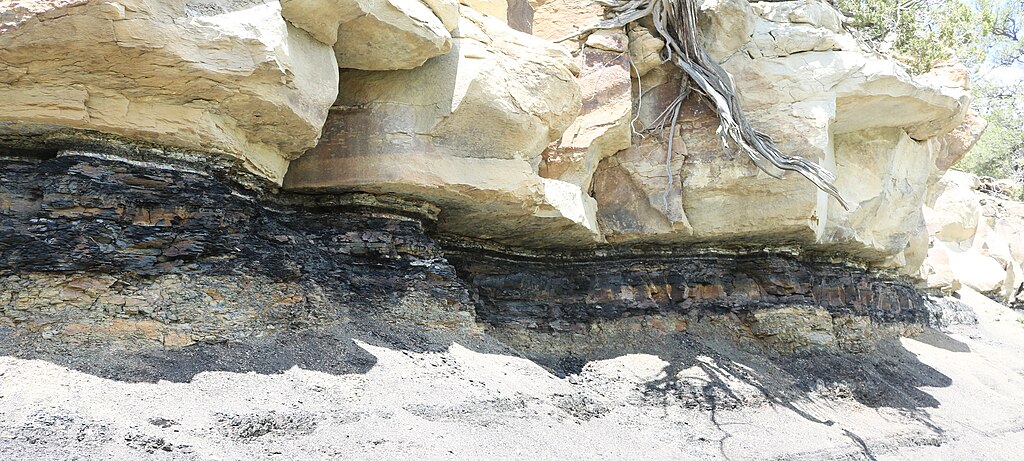
The patterns of scavenging preserved in the fossil record serve as windows into broader ecological relationships during the Mesozoic Era. By carefully documenting which species scavenged from others, paleontologists can reconstruct complex food webs and energy flow pathways in ancient ecosystems. Scavenging evidence has revealed that some dinosaur communities had multiple tiers of carnivores filling different niches, from apex predators to specialized scavengers, similar to modern African savannas with their diverse carnivore guilds. Regional variations in scavenging patterns can indicate differences in community structure between different dinosaur ecosystems, such as coastal versus inland habitats. Changes in scavenging behavior across geological time can also track evolutionary developments, such as the appearance of new predator adaptations or shifts in prey availability. Perhaps most significantly, scavenging evidence helps complete our picture of dinosaur ecosystems by highlighting the critical role of nutrient recycling in maintaining these ancient systems. Without understanding who ate the dinosaurs after they died, our comprehension of Mesozoic ecology would remain fundamentally incomplete.
Conclusion: The Afterlife of Dinosaurs

The story of what happened to dinosaurs after they died is as fascinating as their lives, revealing complex ecological relationships that shaped the Mesozoic world. From massive tyrannosaurs to tiny insects, a diverse array of organisms evolved to efficiently process dinosaur remains, ensuring that the nutrients contained in these magnificent creatures continued to circulate through ancient ecosystems. The fossil record preserves evidence of these scavenging interactions, from tooth marks and coprolites to bone accumulations and insect damage, allowing paleontologists to reconstruct these post-mortem scenarios with increasing accuracy. This “afterlife” of dinosaurs reminds us that in nature, death is never an endpoint but rather a transition in the flow of energy and materials. By studying who ate the dinosaurs after they died, we gain not only a more complete understanding of extinct ecosystems but also insights into the universal ecological processes that connect all eras of Earth’s history, including our own. The dinosaurs, even in death, continued to sustain the rich tapestry of life that surrounded them, their bodies becoming part of the endless cycle of consumption and renewal that defines all natural systems.


